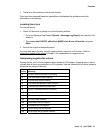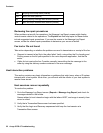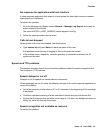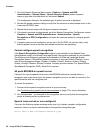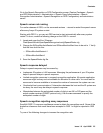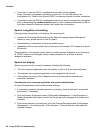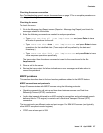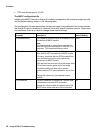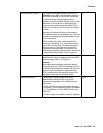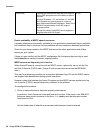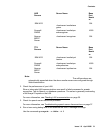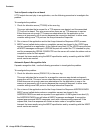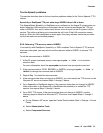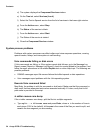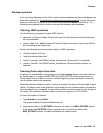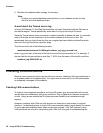
Contents
Issue 1.0 April 2006 29
RTSPNoActivityTimeout The number of seconds Avaya IR will wait for a
response from an MRCP server before sending a
DESCRIBE message as a test of the connection.
If a second timeout interval elapses with no
response, Avaya IR decides that the server or the
connection is out of service. It then places the
server into the maintenance state called FOOS
(facility out-of-service), logs the event, and raises
an alarm.
Reducing this interval will improve the speed at
which lost connections are detected, but it will also
increase the messaging overhead between Avaya
IR and the servers.
MRCP servers may use a similar approach to
monitoring connectivity. If so, make sure that the
interval set on Avaya IR s not higher than what is
set on the server. If the interval on Avaya IR is
inadvertently set higher than on the server, the
server may erroneously assume that its connection
to Avaya IR has failed when, in fact, it has not.
15
ResponseTimer The number of seconds that an Avaya IR
application will wait for a response from an MRCP
server providing ASR or TTS support.
Example:
When applications attempt to allocate a speech
processing resource, a SETUP message is sent to
the server that provides that support and this timer
starts. If Avaya IR receives no response to the
SETUP request within the specified interval, the
application is told that the allocation failed.
5
PerPortConnection A setting that indicates whether the MRCP
implementation uses port 554 for a single
connection for signaling or for multiple, per-port
connections.
If TRUE, multiple, per-port connections are used
for signaling. (This is required in Avaya IR release
1.2.1 and release 1.3? if the MRCP server is an
IBM WVS.)
If FALSE, a single connection is used for signaling.
TRUE



